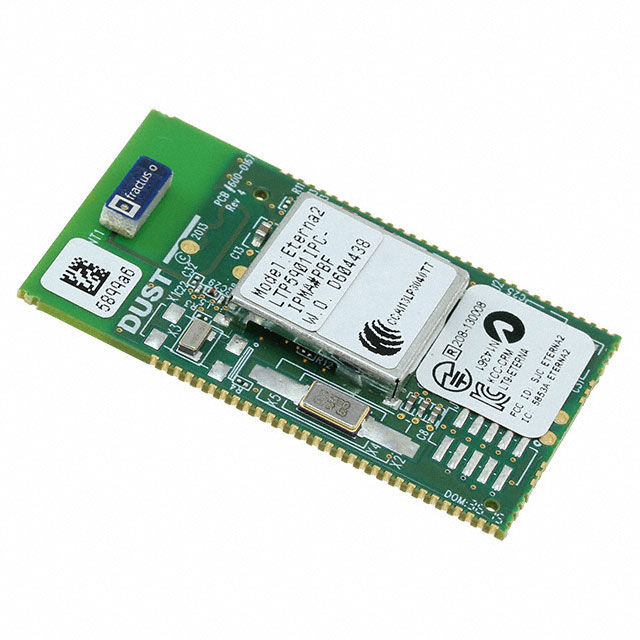What Are PLCs (Programmable Logic Controllers) and Why Are They Essential in Automation?
- joddiemarshall6
- Jul 30
- 4 min read
In today’s rapidly evolving industrial landscape, automation is no longer a luxury—it’s a necessity. Among the most critical components in modern automation systems are PLCs, or Programmable Logic Controllers. These intelligent devices serve as the brains behind automated machines and processes across industries like manufacturing, energy, automotive, and more. This blog explores what PLCs are, how they work, and why they continue to dominate the automation sector.
How Do PLCs Work in Industrial Automation?
PLCs (Programmable Logic Controllers) are specialised digital computers designed for the real-time control of electromechanical processes. They monitor inputs, make decisions based on pre-programmed logic, and control outputs to automate machinery or processes.
Key Functionalities of PLCs
Input Processing: PLCs receive signals from sensors, switches, and user inputs.
Logic Execution: Based on the programmed instructions, they perform logical operations.
Output Activation: They control actuators, relays, motors, and other devices.
Communication: PLCs can interface with other controllers, HMIs, and SCADA systems.
Real-Time Monitoring: They continuously monitor and adapt to changing conditions.
Why Are PLCs Used Over Traditional Control Systems?
Unlike older control systems like relay logic or pneumatic systems, PLCs offer flexibility, scalability, and precise control. Here’s why industries prefer PLCs:
Advantages of Using PLCs
Reduced Wiring and Complexity: Replaces complex wiring with easy-to-update programs.
High Reliability: Designed to withstand harsh industrial environments like dust, humidity, and temperature extremes.
Easy Maintenance: Errors can be diagnosed and corrected through software.
Scalable Architecture: Can be expanded with additional modules as needs grow.
Faster Troubleshooting: Built-in diagnostics help reduce downtime.
Energy Efficiency: Helps manage and optimise power consumption.
What Are the Common Types of PLCs?
PLCs are categorised based on their design, performance, and application scale. Choosing the right type depends on your project’s complexity and space constraints.
Major PLC Categories
Compact PLCs: Integrated system ideal for smaller, standalone applications.
Modular PLCs: Allow expansion through additional I/O and communication modules.
Rack-Mounted PLCs: Suitable for large-scale industrial control with high I/O needs.
Safety PLCs: Specifically designed for applications requiring stringent safety compliance.
Soft PLCs: Software-based systems running on PCs or industrial computers.
Where Are PLCs Commonly Used?
PLCs are versatile and used across multiple domains for controlling machines, monitoring processes, and ensuring operational efficiency.
Application Areas of PLCs
Manufacturing Lines: For conveyor belts, robotic arms, and packaging machines.
Water Treatment Plants: To control flow, pressure, and chemical dosing.
Building Automation: Managing HVAC systems, lighting, and elevators.
Automotive Industry: For assembly lines, welding robots, and painting booths.
Food and Beverage: Automating filling, capping, and labelling processes.
Energy Sector: Monitoring turbines, generators, and distribution grids.
What Are the Essential Components of a PLC System?
A PLC system comprises multiple components that work in sync to monitor, control, and execute processes effectively.
Core Components of a PLC
CPU (Central Processing Unit): Executes logic operations and stores the program.
Power Supply: Provides the required voltage to the PLC components.
Input Modules: Connect sensors, switches, and user interfaces to the PLC.
Output Modules: Send commands to actuators, motors, and indicator lights.
Programming Device: Typically, a computer is used to write and transfer the program.
Communication Ports: Interface with networks and other PLCs.
Which Programming Languages Are Used in PLCs?
PLCs support a range of programming languages that are standardised under IEC 61131-3, making them accessible to both beginners and experts.
Commonly Used PLC Programming Languages
Ladder Logic (LD): Most popular, resembles electrical relay logic.
Function Block Diagram (FBD): Graphical language for process control.
Structured Text (ST): High-level language similar to Pascal.
Instruction List (IL): Low-level, text-based code (less common now).
Sequential Function Chart (SFC): Best for step-by-step sequences.
How to Select the Right PLC for Your Application?
Choosing the right PLC depends on your project's complexity, environmental conditions, and scalability requirements.
Selection Considerations
Number of Inputs/Outputs: Assess the size and nature of your application.
Memory Requirements: Ensure it supports the program length and data storage.
Processing Speed: Crucial for time-sensitive tasks.
Communication Protocols: Compatibility with Modbus, Profibus, or Ethernet/IP.
Environmental Conditions: Consider temperature, vibration, and dust resistance.
Future Scalability: Look for modular options that allow growth.
What Are the Latest Trends in PLC Technology?
As industrial automation evolves, so do PLCs. Modern trends enhance functionality and integration capabilities.
Emerging PLC Innovations
IoT Integration: Connect PLCs to the Internet for remote access and analytics.
Edge Computing: Enables data processing at the machine level.
Wireless I/O: Reduces wiring and simplifies installation.
Cloud-Based Control: Access control systems from anywhere.
AI & Machine Learning: Being explored for predictive maintenance and optimisation.
How Do PLCs Improve Safety and Efficiency?
PLCs not only automate tasks but also contribute significantly to workplace safety and operational efficiency.
Safety and Efficiency Benefits
Consistent Operation: Reduces human error and variation.
Integrated Alarms: Notifies operators of abnormal conditions.
Redundancy: Ensures operation continuity in critical applications.
Data Logging: Provides insights into performance and failure trends.
Remote Monitoring: Allows safe supervision of hazardous environments.
Conclusion
PLCs have become the cornerstone of industrial automation by offering unmatched reliability, control, and scalability. Whether you're designing a smart factory or upgrading an older system, understanding how PLCs function and how to choose the right one is vital. As technology advances, the role of PLCs continues to grow, paving the way for smarter, safer, and more efficient industrial operations. Embracing this technology is not just an upgrade—it’s a strategic move toward the future of intelligent automation.



Comments